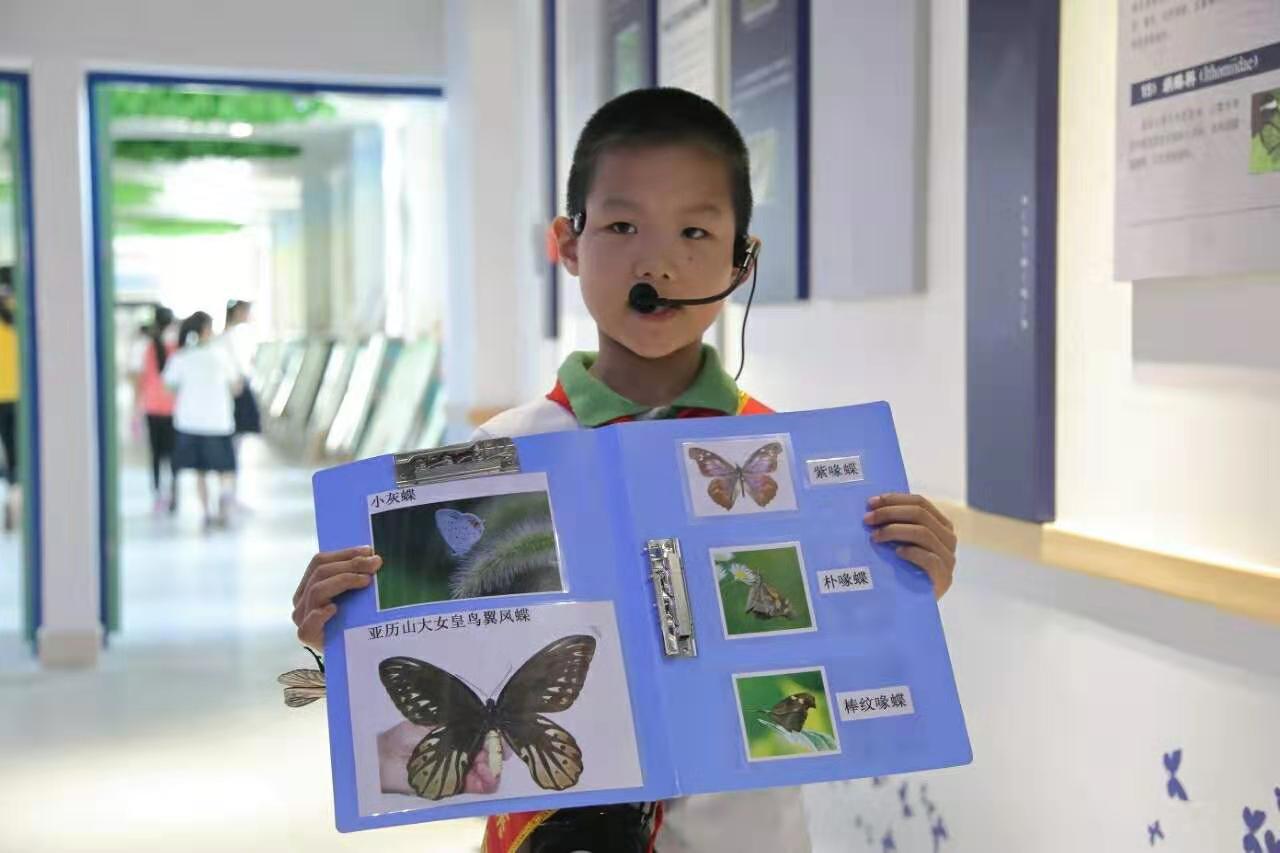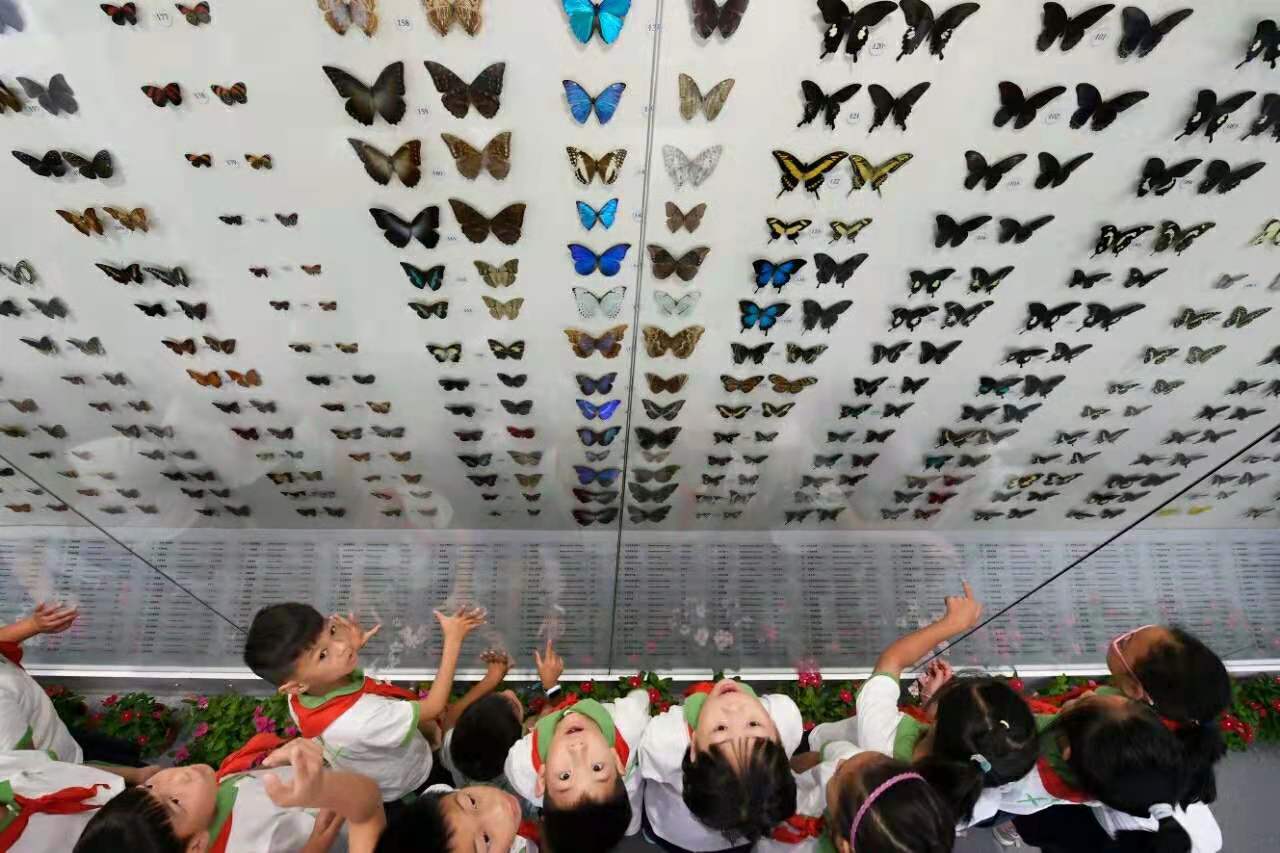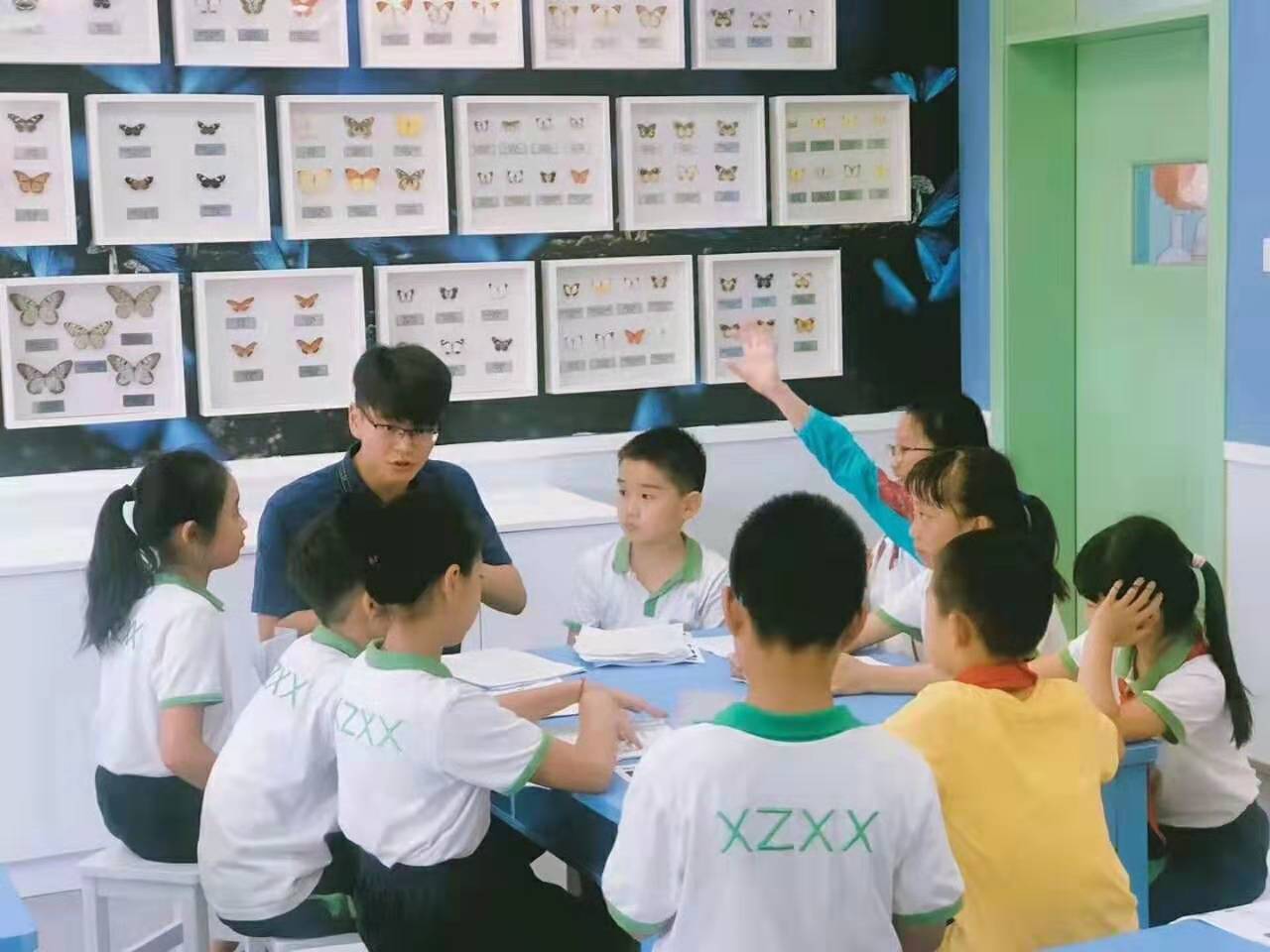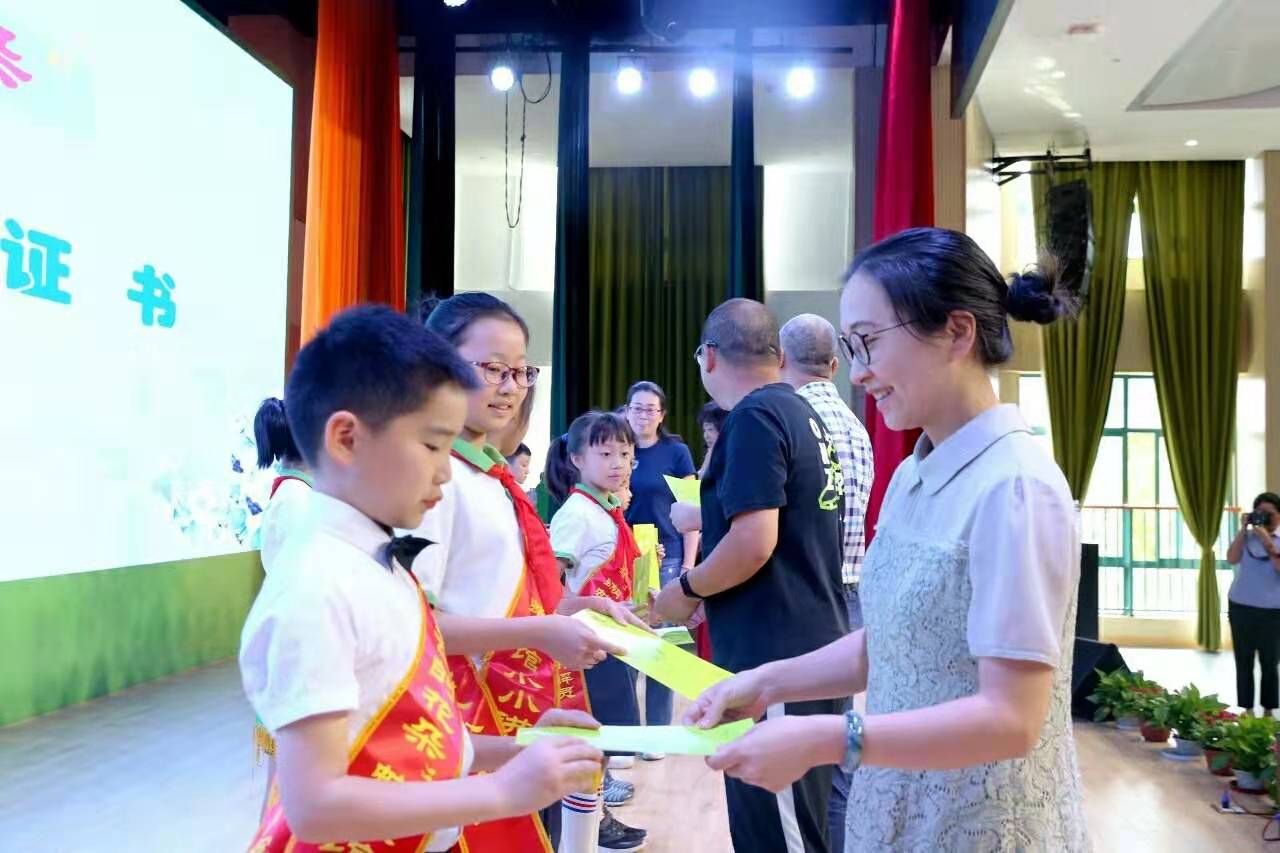At the beginning of September, when everyone was sharing the first lesson of the school, the students of the second elementary school in Hangzhou knew that they were busy with the museum director.
N E W S

Check category
Wetland Museum | 9-year-old child is competing as curator? The China Wetland Museum has opened another branch, which is actually handed over to the children to operate.
Information
At the beginning of September, when everyone was sharing the first lesson of the school, the students of the second elementary school in Hangzhou knew that they were busy with the museum director.

The small explainer is explaining the butterfly knowledge to the audience.
Today, the museum was officially opened. It is the second “campus museum” built by the China Wetland Museum. It is named after the butterfly and is called “flying flowers”.

Last year, the China Wetland Museum and Hangzhou Wenxin Primary School launched the first “Campus Museum”, which featured the shells of biodiversity, standing “with a shell” – a shell exhibition, featuring Chinese and foreign rare shells. There are nearly 1400 kinds of specimens in nearly 600 kinds. This kind of library school cooperation innovation model exploration and practice, has also been on the "People's Daily."
What's in the Butterfly Pavilion?
"Flying Flowers" - The China Wetland Museum Butterfly Museum has exhibited more than 900 kinds of butterfly specimens, including 484 species (subspecies) of 13 families and 12 species of 4 species of moths.

The entire museum was built in the small teaching building of Zhizhi Er. The children went to class and took a lunch break and walked to the exhibition hall in a few steps. The Butterfly Pavilion continued the design of the shell museum. Compared with the large-scale multimedia display form of the China Wetland Museum itself, the campus In the museum, there are a large number of physical exhibits, supplemented by graphic introductions of popular science knowledge.
Among them, a whole face of the butterfly specimen wall is the most spectacular, 700 butterfly specimens are displayed in a positive and negative form, so that children can see the whole picture of the butterfly. What is a butterfly, the physiological structure of a butterfly, the life of a butterfly, the protection and utilization of a butterfly, a butterfly, etc., an easy-to-understand introduction to popular science, which can contrast physical objects and can also correspond to knowledge in natural science textbooks. The way of display is to pay more attention to let the children feel the real nature.
The butterfly question and answer section is the children's curiosity answering the wall. What is the difference between a butterfly and a moth? What do butterflies like to eat? Will the butterfly migrate? How do butterflies breed? What is the national butterfly of each country? Can find the answer here.
The mission teacher of the Wetland Museum has developed four themes of butterfly theme science drama, butterfly ecology observation, butterfly and traditional culture, butterfly protection and utilization, as the extension of the content of the butterfly museum.
How about the Shell Museum?
Last year, after the opening of the first China Wetland Museum “Campus Museum”, the mission team first tried to cooperate with the primary school textbooks to develop “beginning shells”, “shells wonderful”, “shell survival”, “shells and humans”, “shells and play”. Wait for five major courses. In the classroom, students feel the shells by touching, tapping, dripping, etc., and open the door of nature with sight, touch and hearing.

"There is a Belgian" China Wetland Museum Shell Museum Profile Photo
The Shell Museum, which has been open for one year, is still the “calling place” for the children of Wenxin Primary School. Some students went to the beach for a holiday and recognized the "same" shells in the museum. Some students also learned a variety of biological knowledge because they were competing for lecturers. They became small naturalists, and even their parents and mothers lamented the power of interest.
Can the children manage?
After the opening of the “Campus Museum”, parents of many other school students began to consult, can they go to visit? Is this the exclusive museum of a school? In fact, at the beginning of the discussion of the “Campus Museum” project, both the museum and the school agreed that this is an open platform and welcomes schools and official groups to make appointments. Of course, this puts higher demands on the daily management of the “Campus Museum”. Moreover, the two branches are handed over to the children to operate and manage themselves.

Museum staff and small curators and small lecturers meet and exchange
Every year, the school organizes "small curator" and "small lecturers" campaigns to jointly develop daily management responsibilities, such as routine routine inspections, appointment registration, visits and other routine work. The regular meetings held by the two schools will also invite small curators and small lecturers working in the field to participate in the discussion and give opinions on the exhibition, operation and curriculum development of the museum.

Butterfly curtain director and small lecturer accept the letter of appointment
The children's advice, the Wetland Museum is very seriously incorporated into the work plan. For example, the recent popular science filming is to select typical wetland flora and fauna, and ask the children to prepare their own science. Taking the campus museum as the origin, it mobilizes students' attention to nature and gradually spreads from individual themes such as shells and butterflies to the whole ecology.
Previous :
None
Previous :
None
- Westbrook Project Introduction Design Team Project enterprise
- Tourist Complex Hotel Cluster Travel Experience Art Center Hotel property
- Destination Meeting MICE Incentive Travel
- Destination wedding Hotel Wedding Destination Wedding
- News Center Park Information Activity Experience Featured Mall Public Bidding
- Contact Us Recruiting Elite Arrival Guide E-mail
- Contact Add.: Westbrook International Tourism Complex, 21 Zijingang Road, Hangzhou, China Tel:+86 571 88976500 Website: www.winvestern.com
2019 © Hangzhou Westbrook Investment Co., Ltd. All Rights Reserved. Powered by www.300.cn 浙ICP备19049808号



